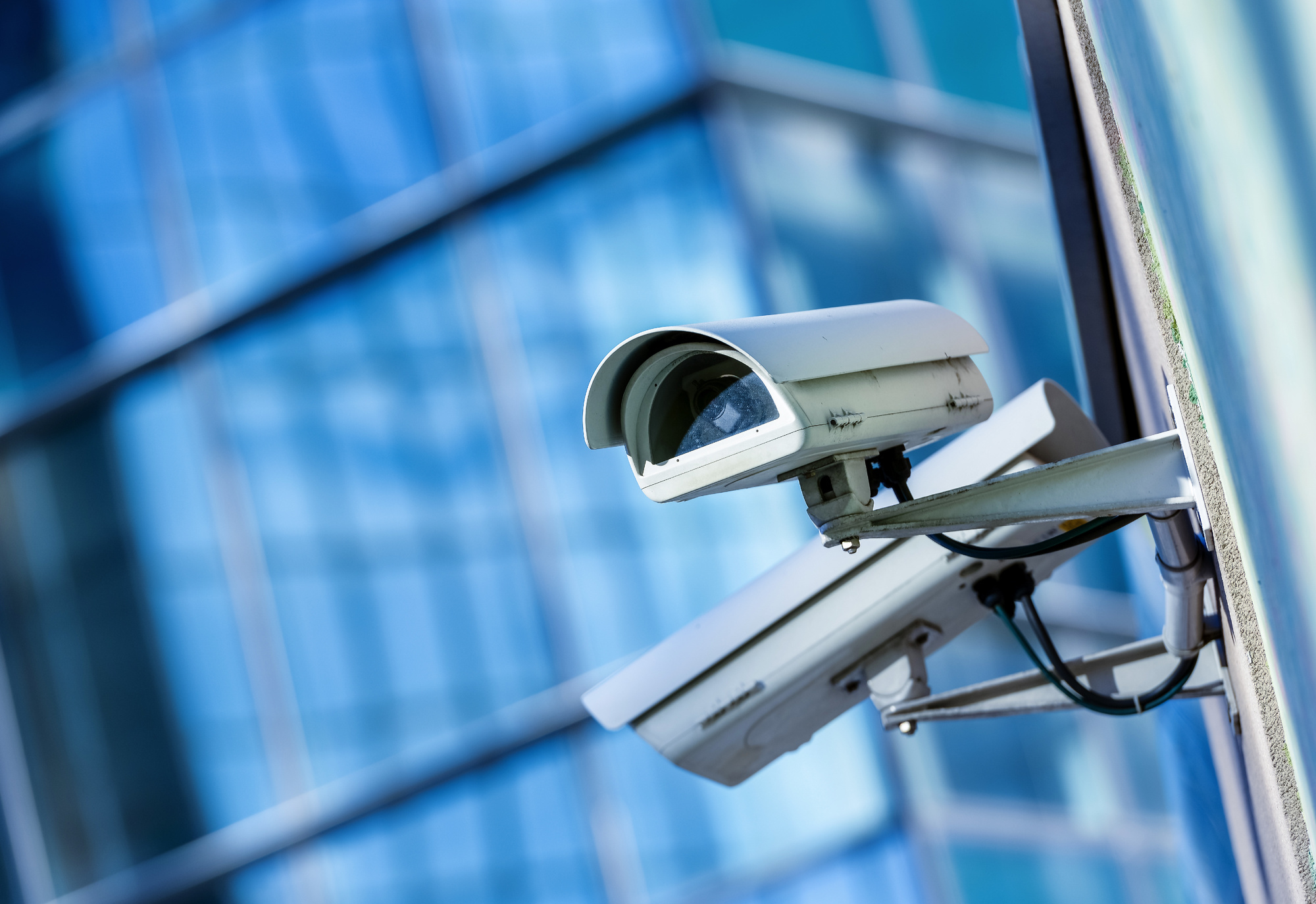
In today’s world, the concept of safety has evolved significantly, with technology playing a crucial role in enhancing our sense of security. Among the various tools at our disposal, security cameras have emerged as a vital element in modern safety strategies. These devices not only act as a deterrent to potential criminals but also provide invaluable evidence in investigations, creating a sense of reassurance for communities and individuals alike.
From bustling city streets to quiet suburban neighborhoods, security cameras are becoming increasingly ubiquitous. Their presence offers a watchful eye, keeping track of activities around homes, businesses, and public spaces. As surveillance technology continues to improve, the ability to monitor footage in real-time and access recorded data remotely has transformed how we approach safety and security. This article delves into the profound impact of security cameras on our daily lives, exploring their benefits and the important role they play in creating safer environments for everyone.
The Technology Behind Security Cameras
Security cameras have evolved significantly over the years, transforming from basic surveillance tools to advanced devices equipped with cutting-edge technology. At the heart of a modern security camera lies the image sensor, which captures light and converts it into an electronic signal. Most contemporary cameras utilize CMOS sensors due to their ability to produce high-quality images with low power consumption. These sensors enable cameras to operate effectively in various lighting conditions, ensuring clear footage during both day and night.
Another crucial component is the lens, which dictates the camera’s field of view and depth of field. Different lenses can be employed depending on the specific needs of a surveillance system. Wide-angle lenses are commonly used for monitoring large areas, while telephoto lenses can zoom in on specific details from a distance. Coupled with features like optical or digital zoom, modern security cameras can adapt to the unique demands of their environment, providing versatility in surveillance.
The integration of smart technology has further enhanced the functionality of security cameras. Many of today’s cameras come equipped with motion detection, facial recognition, and even artificial intelligence capabilities. These features allow for automated alerts and intelligent monitoring, reducing the need for constant human oversight. Additionally, with the advancement of cloud storage solutions, footage can be stored securely and accessed remotely, enhancing the overall effectiveness of security camera systems.
Impact on Crime Prevention
The presence of security cameras has become a significant deterrent for criminal activity. When potential offenders see cameras installed in a location, they often think twice before committing a crime. The likelihood of being recorded and facing consequences has shown to reduce incidents of theft, vandalism, and other offenses. This preventive effect is particularly strong in public areas where cameras are clearly visible, making criminals aware that their actions are being monitored.
Get More Information
Moreover, the use of security cameras has enhanced law enforcement capabilities. When crimes do occur, footage from cameras can provide crucial evidence that aids in investigations. Clear recordings can help identify suspects, capture details of the crime, and even lead to quicker resolutions. This fusion of technology and policing not only helps solve cases but also reinforces the deterrent effect by demonstrating that crimes are more likely to be caught on tape.
In addition to their role in preventing crime, security cameras also contribute to a heightened sense of safety within communities. Residents feel more secure knowing that surveillance is in place, which can encourage community engagement and support for local initiatives. The psychological impact of knowing that eyes are constantly watching can foster a collective responsibility for safety, leading to a more vigilant and cooperative environment among residents.
Privacy Concerns and Ethical Considerations
The proliferation of security cameras in public and private spaces has raised significant privacy concerns. Individuals often express discomfort knowing that their movements can be recorded and monitored without their consent. This surveillance can lead to feelings of being constantly watched, which may infringe on personal freedoms and result in a chilling effect on behavior. Striking a balance between safety and privacy is a challenge that communities and policymakers are currently facing.
Additionally, the potential for misuse of recorded footage poses ethical dilemmas. There are risks involved with data breaches and unauthorized access to camera feeds, which can lead to personal information being exposed. The possibility of surveillance being used for purposes beyond security, such as profiling or tracking individuals without justification, further complicates the ethical landscape. It is crucial for organizations implementing security cameras to establish clear policies on who can access footage and how it is used.
Community engagement plays a significant role in addressing these privacy concerns. Open discussions about the purpose of surveillance, its benefits for safety, and the measures in place to protect individual privacy can help foster trust between the public and those deploying security cameras. Implementing transparency and accountability measures, such as public notifications about camera placements and times they are active, can reassure individuals while still benefiting from enhanced security.
















